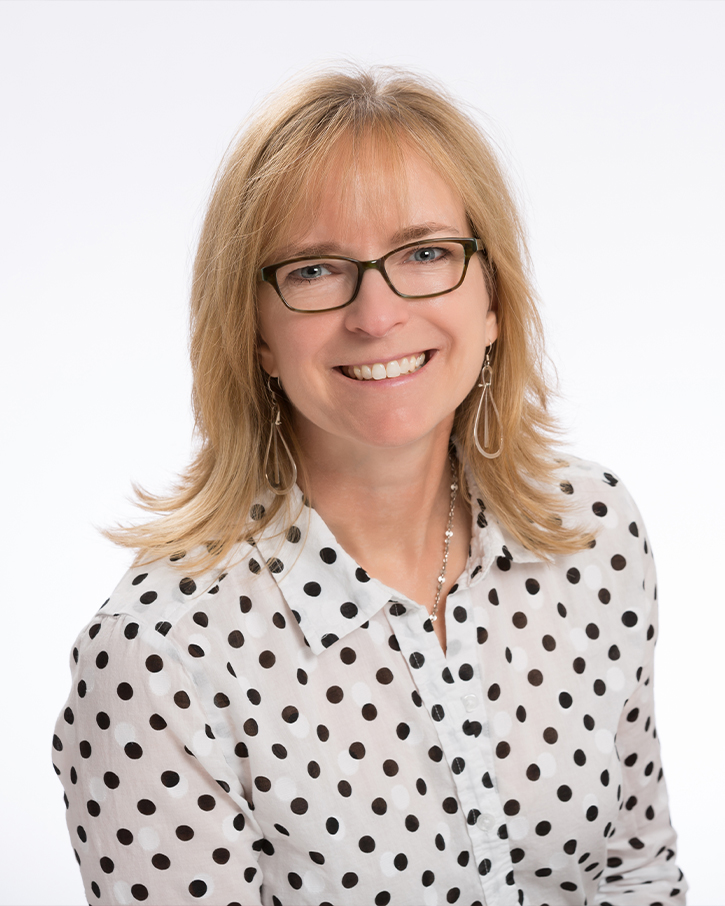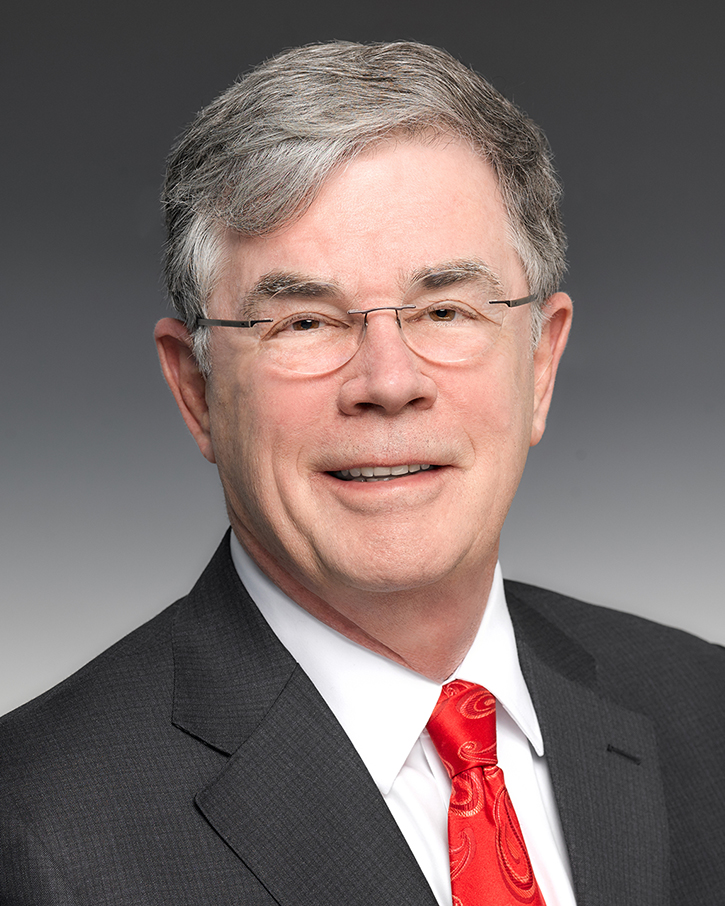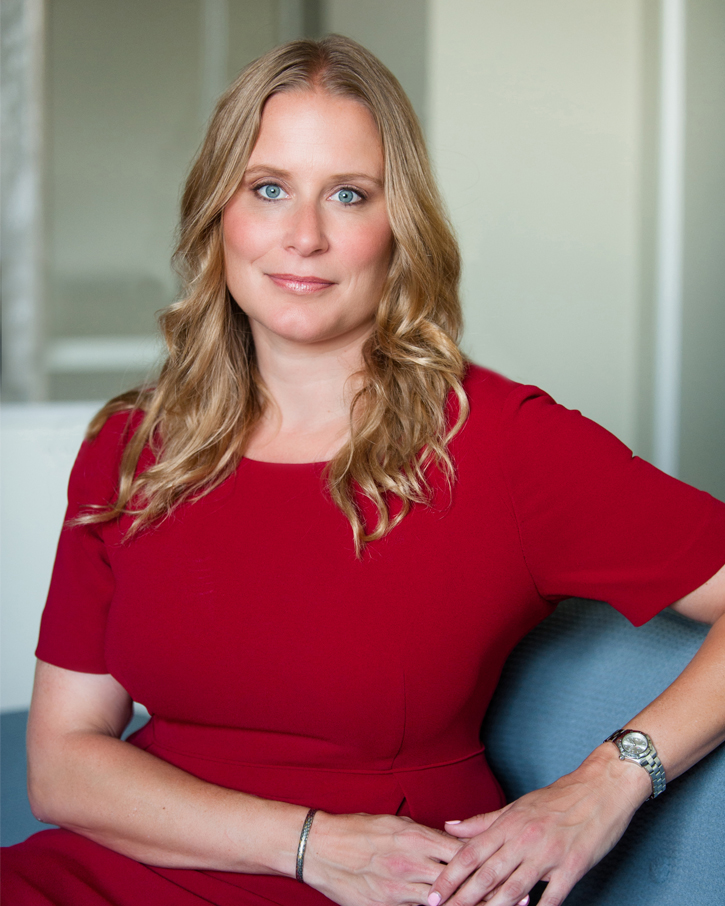Editorial
Growing the CSL Community
Connected Science Learning April-June 2019 (Volume 1, Issue 10)
By Beth Murphy, David L. Evans, and Cristin Dorgelo
In this discussion, Field Editor Beth Murphy, NSTA Executive Director David Evans, and ASTC President and CEO Cristin Dorgelo discuss the origins of Connected Science Learning, and what’s next for the journal. The conversation has been edited for length and clarity.
Beth: I want to thank you both for finding time to talk about Connected Science Learning. It’s great to have this opportunity to share with readers how the journal began, why it’s important to both organizations, and how we hope to continue to grow the CSL community. David, can you start by telling us how the journal came to be?
David: The idea of having a journal that would pull together the informal science community and the K–12 world was on my agenda the day I arrived [at NSTA six years ago]. From the NSTA perspective, it seemed to me like [museums provided] a wonderful resource that we weren’t using enough in the K–12 space. So, my first motivation was to figure out a way to better connect museums and K–12 education. [From the other side,] museum and zoo educators were really committed to engaging people in STEM through their programs and associated tools and resources collections, but they were typically not very connected to what was going on in the world of classroom teachers. When I discovered that there was no regular means of communication between these communities and that a fairly large number of informal educators were already part of NSTA, I wanted to develop a communication medium—a journal—that would have the same review standards as NSTA’s other journals but was deliberately intended to bring in the informal science community. In many ways that’s still my main interest: How do we bring these communities together and provide a place where ideas and seriously reviewed work can be exchanged? Dennis Schatz [the founding field editor for CSL and incoming president of NSTA] was on detail at NSF [National Science Foundation] as a program manager at that time. We started talking about it, and eventually got a little money from NSF to get started. And the rest is history, as they say.

Beth: Thanks! Cristin, please share how Connected Science Learning brings value to ASTC and its members and why your organization is supporting this effort.
Cristin: So much of what David just shared is part of the rationale behind ASTC’s support of Connected Science Learning. I joined ASTC a little over a year ago and, at that time, I went on a listening tour to science museums, science centers, and our partners in the broader informal science learning community. I heard over and over again comments that make me think that Connected Science Learning is so relevant. One is that science museums recognize that they have existing partnerships, that they sit in a complex ecosystem where learners in STEM are able to tap into a variety of resources—whether that’s in the formal system, after-school programs, or at the science museum, for example—and that better linking providers of STEM education by connecting research to practice is so important. We can learn from each other across informal and formal, in-school and after-school, summertime learning and even the private sector, which is engaging with that ecosystem through approaches like mentorship and apprenticeship. These are all opportunities that allow an individual in a community to forge a new connection with science and STEM. And so, better linking those together is a smart thing to do. I also heard that there is an appetite for understanding practices that work and the evidence behind what makes a practice effective for science engagement or science communication. This curiosity about what’s happening in the ecosystem is something I heard clearly from science museums, and I know is shared by the NSTA community. Today, there is so much connection between formal and informal—there are classroom teachers who receive professional development and curriculum ideas from the informal community, and vice versa—who contribute to, volunteer in, and bring their students to science museums. We are already networked, so becoming a learning community is very important for our shared future.
Beth: The recent federal Strategy for STEM Education called out the importance of blending successful educational practices from across the learning landscape. Both of you have some policy background; what can you add about how the government is thinking about STEM education?

David: I think the report is an important signal that there’s a very strong national interest, with lots of threads, around STEM education. The threads come from the private sector and out-of-school programs, as Cristin mentioned, as well as a movement within K–12 education to promote STEM programs and STEM schools. The federal report recognizes very clearly two important aspects of STEM education. The one that most people think of is workforce development; kids need to be educated for jobs that don’t yet exist, but that are almost certainly going to depend in a significant way on STEM subjects and the ways in which those subjects are brought together to solve problems. This workforce concern has the private sector energized—simply getting enough workers to do existing work, let alone what’s coming in the future. But I think the other part that’s emphasized in the plan is equally important: Given the role of technology and advancements in science in the world today, being an informed citizen requires people to have an understanding of STEM subjects, how to evaluate evidence, and how to look at the implications of the things that we’re finding. [This is an issue] that hasn’t received a lot of prominence in the past, yet we can make the case that it’s become much more important. The report actually captured both of these aspects, and if the plan is going to be successful, it must influence agencies as they develop their own implementation plans. It will outline ways that these various groups can continue to work together, whether it’s a K–12 classroom, after-school or out-of-school program, programs run at museums and zoos, or activities sponsored and fostered by national corporations and local companies. I think the report provides encouragement that can be used to make progress on these two broad fronts.

Cristin: I would add that there is emphasis in the report on all of us being part of reaching its goals, on STEM education for all Americans. Formal education, informal education, the private sector, and community organizations have a role to play. There’s a direct tie to the mission of Connected Science Learning. At ASTC we have been reflecting on the goals of the report and noting—with our partners in formal education and throughout communities across the United States—that there are five areas where we’re seeing a lot of alignment with our shared work. One is our commitment to reaching underserved and underrepresented groups and communities, and the practices that are effective in doing that. Connected Science Learning really speaks to the effectiveness of reaching more audiences. The second area is how we look at ecosystem approaches themselves so that those practices can be blended, which could not be more core to Connected Science Learning. The third [area focuses on] transdisciplinary learning as an approach to connect more people with STEM fields. The idea that if you learn throughout your life, that if you are given an opportunity to make your community better through STEM, you’re more likely to stick with it—that’s something that requires all of our organizations to be working together, because to provide somebody a transdisciplinary experience takes more than one of our institutions alone. And the call from the report to focus on mathematics and computer science, and even more broadly computer science habits of mind and 21st-century skills, is an emphasis where there is a lot of shared work across both informal and formal learning environments. Finally, [the report highlights] the idea that technology has a role to play in education itself. There are classrooms across the country that are connecting with technology as a teaching and learning tool. And there are museums that use and experiment with technology as a communication and learning platform. What can we, share with the federal government about the effectiveness of technology-focused learning? I see a lot of opportunities for Connected Science Learning to continue to tell the story of connections between formal and informal, and influence the government’s understanding of what’s actually happening on the ground with ecosystems around this learning, and what helps us make progress toward the ambitious goals of the plan.
Beth: We’ve talked a little bit about the audience that Connected Science Learning intends to reach, whom we hope will be contributors and advocates and stakeholders [for the journal]. There’s more we can do to ensure that all of the voices of this [STEM] community are represented as readers and authors. I’m wondering what ideas you have for building awareness of Connected Science Learning in that broader community of STEM education stakeholders, and for continuing to improve the value of CSL for those stakeholders.
Cristin: We’ve been describing this broad view of who and what types of organizations contribute to science learning. I think one question we have is: As the readers of Connected Science Learning are thinking about their partners in the private sector and other educational institutions, is there a benefit to those partners being more actively engaged in the Connected Science Learning community? [We want] to truly make good on the vision for these connections across the learning ecosystem. It would be great to see voices from across that ecosystem reflected in who’s writing for and not just who’s reading Connected Science Learning. Together, ASTC and NSTA are thinking about our national-level networks that could be engaged and connected to the work of this journal, to the writing in this journal, so that members are encouraged from across those networks to contribute.
David: I think Cristin has captured [our thinking]. NSTA continues to explore the informal space that we have not really played in a lot in the past. We’ve had conversations with out-of-school programs like the Girl Scouts and the National 4-H program. Both of those organizations have strong STEM education programs. They represent the kind of broader reach we’re trying to get, and one of the ways that I think we’ll succeed is by encouraging contributions from folks in those programs. There’s another aspect that I think will become increasingly important in terms of extending CSL’s reach: the fact that it’s published online. It’s also open access, so you don’t need to be a member of NSTA or ASTC to read every article. This is a novel publishing environment for NSTA. And it’s one that has a lot of opportunity for discovery that a traditional, member-based print journal simply doesn’t have. I think that the format is giving us an opportunity to experiment with a different kind of publication. I’m hoping that these advantages [will lead to] a greater reach. [There is also] an opportunity for readers to contribute by commenting on articles. With our printed journals, the publication time is sufficiently long that you often don’t get a dialogue. I’d like to see Connected Science Learning build more engagement through online dialogue around the items that are published. This would help to build those bridges among the different participating communities.
Cristin: And to really build together a learning community—yes, exactly.
Beth: Exciting ideas! David, you mentioned earlier that CSL was about three years in the making before the first issue was published. I’ve noted that it’s been almost three years now since that first issue. Where would NSTA and ASTC like to see Connected Science Learning go in the future? What would you like to see it accomplish?
David: I have an ambitious hope that CSL might [one day] be seen as an initiative that helped lead NSTA into the current century and get out of the last one. We’re engaged in a process of doing that very broadly across the association right now, where we’re in the throes of implementing a digital engagement strategy that makes interaction with the association look much more like our interactions with most of the rest of the things in our lives. Right now, CSL is one of the few things that NSTA does that really looks like that, with its being published online. Having an opportunity for interaction, I think, is exactly the sort of thing that the association world needs. If associations are going to prosper in the future, [they need to be] a place where discussion can take place, as well as being the source of authoritative, best-practice, solid information. I see CSL helping lead NSTA in that direction. It’s my hope that we have an opportunity to have a much broader discussion about what STEM education is, what and how it relates to the rest of society, and how it connects to practical problems. I see CSL as a leading program going forward, and a critical component of that is the [expansion] of what we mean by “teaching science.”
Cristin: I think if that vision comes to fruition, and we have created an open forum where these ideas and connections can flourish, wouldn’t it be amazing if five years from now as the federal government and communities across the country are assessing their progress against national goals, we can look back at Connected Science Learning as being a place where [STEM education stakeholders] found a spark to try something new, inspiration for new connections within their community, and practices they want to put to work within their own institutions? I hope that we can, through that open-forum approach, help move some of the national needles related to connecting more people to STEM.
David: And, you know there’s reason not to view that as a fantasy. I think there’s real substance to it. I would love to claim personal credit for getting Connected Science Learning that really nice recognition in the [Strategy for STEM Education], but I had nothing to do with it. That’s a really good signal that Connected Science Learning has a vision that’s much broader than that of [just] ASTC and NSTA.
Cristin: Yes. The last thing I would say is that we welcome feedback from contributors to and readers of Connected Science Learning. We would love to know what would make this a more fruitful forum for collaborations across the learning ecosystem. Our doors are always open to learn more about the community’s good ideas for how to better leverage this platform.
Beth: Wow! You two set me up for the perfect closing. Readers, we invite you to join the conversation. Please take this opportunity to share your questions, comments, and ideas about Connected Science Learning and how we can continue to grow its reach and value. We can’t wait to hear from you!
Beth Murphy, PhD (bmurphy@nsta.org) is field editor for Connected Science Learning and an independent STEM education consultant with expertise in fostering collaboration between organizations and schools, providing professional learning experiences for educators, and implementing program evaluation that supports practitioners to do their best work. David L. Evans is the executive director of the National Science Teachers Association, the world's largest professional organization representing science educators of all grade levels. Cristin Dorgelo (CDorgelo@astc.org) is president and CEO of the Association of Science–Technology Centers in Washington, DC.
Disabilities Inclusion Informal Education


